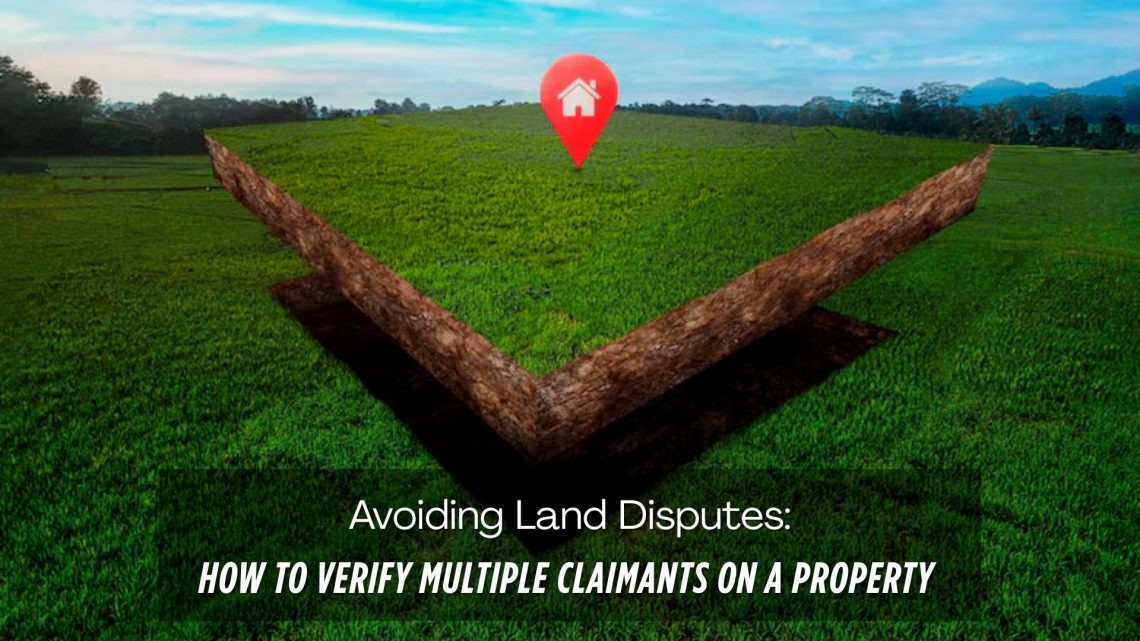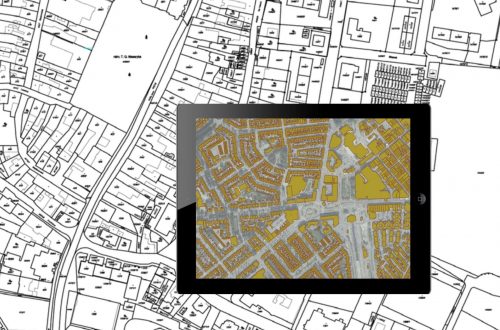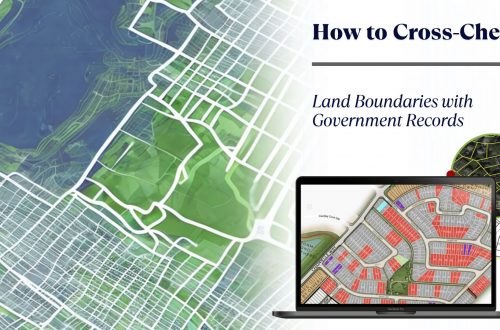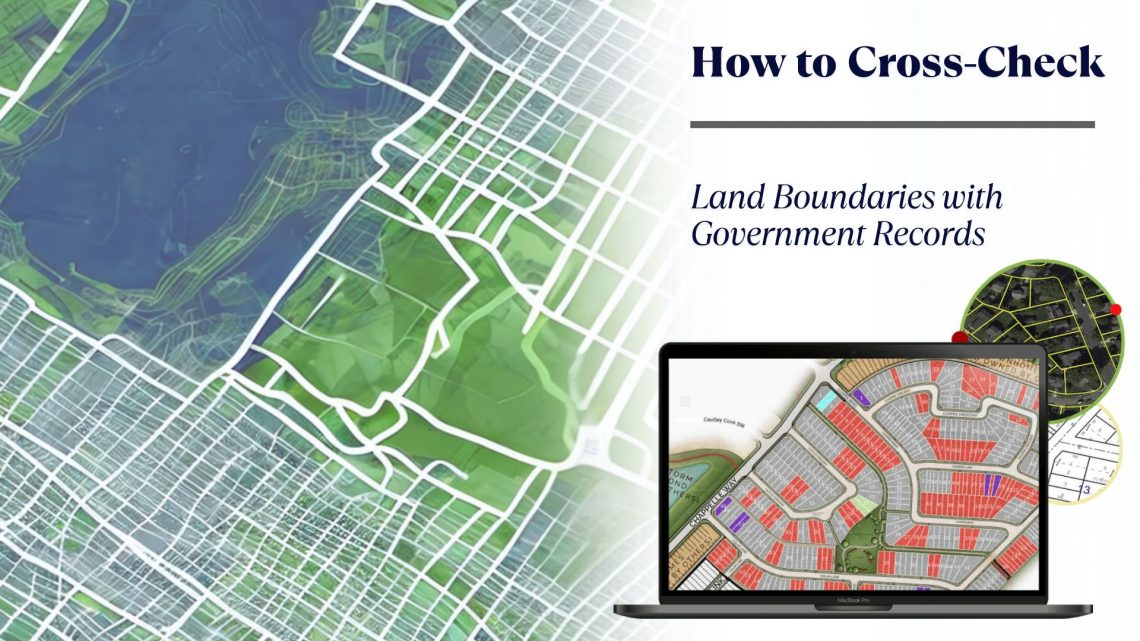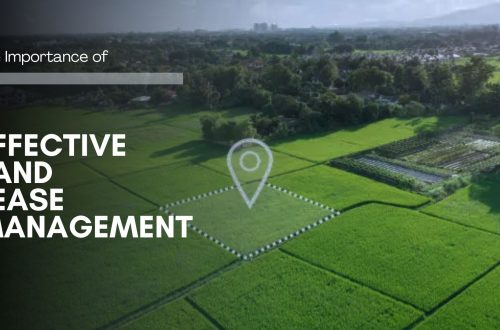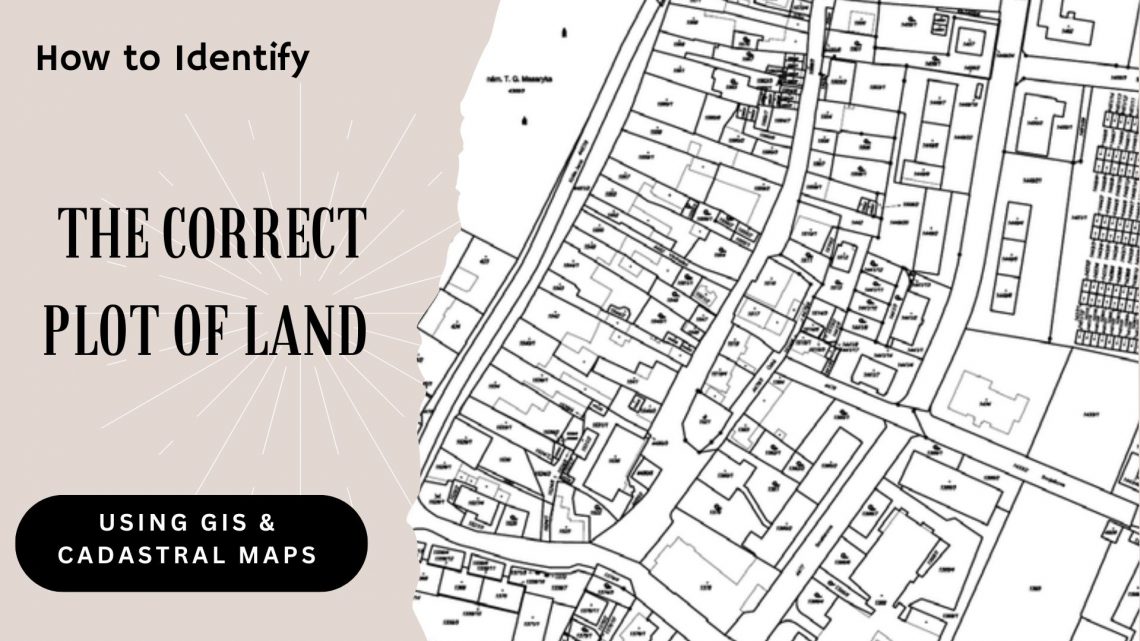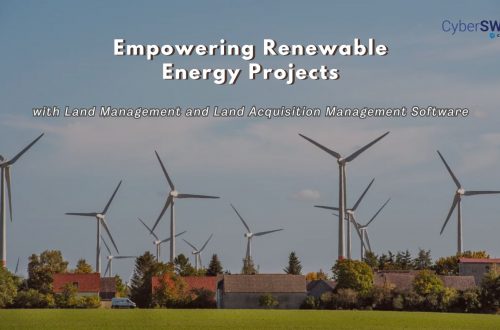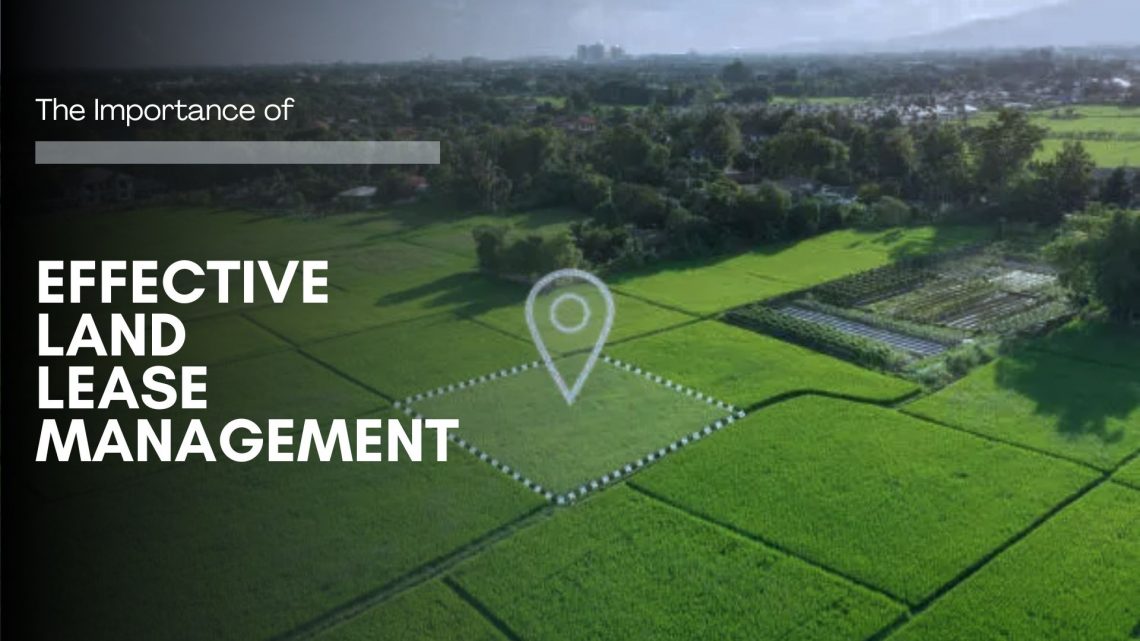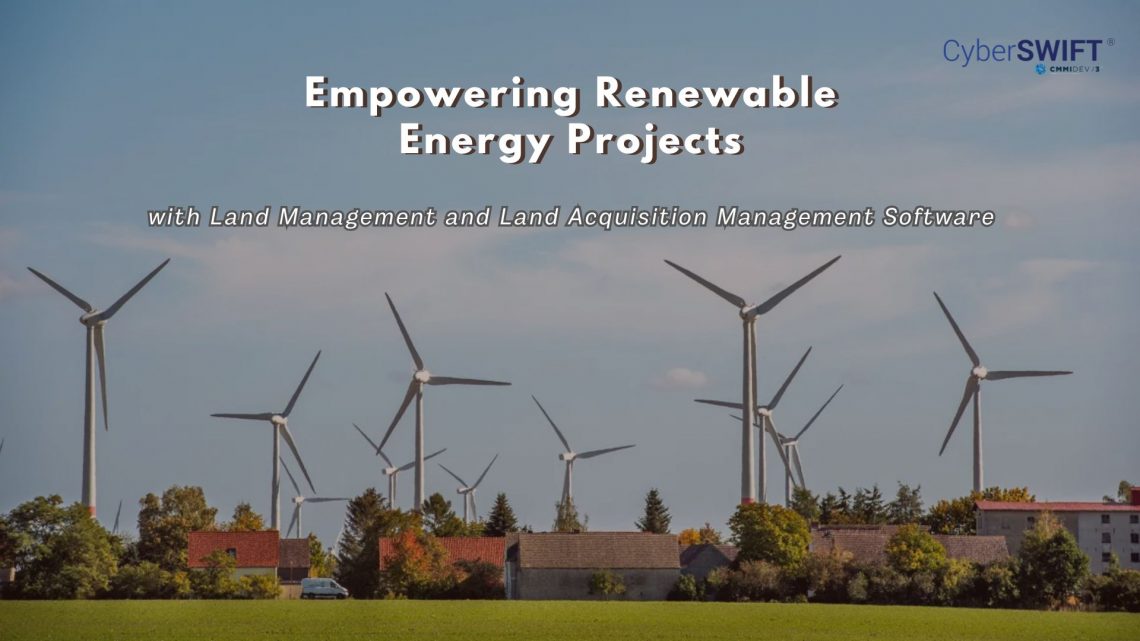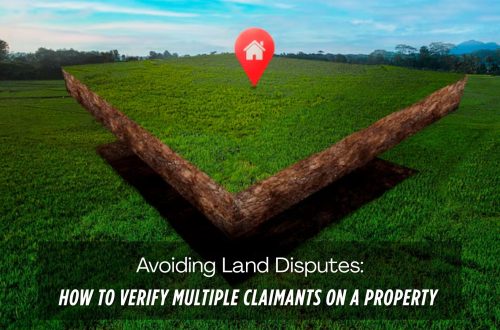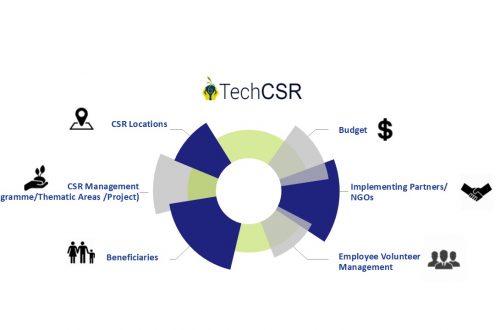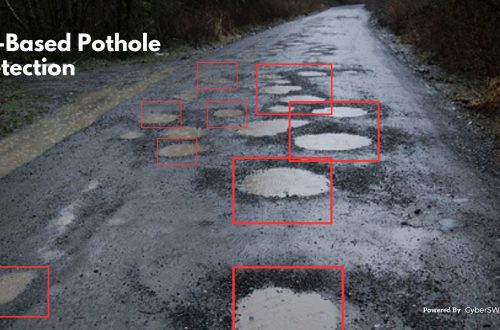LAMS
-
Avoiding Land Disputes: How to Verify Multiple Claimants on a Property
Land disputes are among the most common and complex legal issues globally, especially in countries with fragmented land records and inadequate land management systems. One of the key reasons behind these disputes is multiple claimants asserting ownership over the same piece of land. Whether it’s due to historical inheritance, undocumented transactions, or fraudulent claims, such scenarios can lead to prolonged litigation, stalled infrastructure projects, and massive financial losses. In this blog, we explore practical strategies to verify multiple claimants on a property, prevent potential disputes, and highlight how digital solutions like CyberSWIFT LAMS (Land Acquisition Management System) can help streamline the verification and dispute avoidance process. Why Do Multiple Claims…
-
How to Cross-Check Land Boundaries with Government Records
Accurately verifying land boundaries is a crucial step in any land-related transaction—be it purchase, sale, lease, or development. Inaccurate or unclear boundaries can lead to legal disputes, financial losses, or project delays. One of the most effective ways to prevent such issues is by cross-checking land boundaries with official government records. Thanks to technological advancements, especially in GIS-based land management systems and land records management systems, this process is now more efficient, accurate, and accessible than ever. In this blog, we explore the importance of cross-verifying land boundaries and the tools that simplify the process, such as land allotment software, land information management systems, and land lease management tools. Why Cross-Checking…
-
How to Identify the Correct Plot of Land Using GIS & Cadastral Maps
In real estate, infrastructure development, and urban planning, precise land parcel identification is essential. Whether acquiring land for a new project, managing large agricultural tracts, or overseeing land assets for a government or corporate entity, inaccuracies can result in legal conflicts, project setbacks, and financial risks. This is where GIS (Geographic Information System) and cadastral maps come into play—serving as the technological foundation of modern land management, enabling users to accurately locate and verify land plots with confidence. Let’s explore how GIS and cadastral mapping technologies help in identifying the correct plot of land and how land management systems are revolutionizing land-related operations. Understanding GIS and Cadastral Maps What is GIS? GIS…
-
Smart Real Estate Management in 2025: How GIS and MIS Are Transforming Land Administration
The real estate industry is undergoing a major transformation in 2025, driven by digitalization, automation, and data-driven decision-making. With urbanization accelerating and real estate markets becoming more complex, traditional land management methods face significant challenges. Challenges in Traditional Land Management: Manual Record-Keeping: Paper-based property records are prone to errors, duplication, and loss. Fraud and Ownership Disputes: Lack of transparency in property transactions leads to legal disputes and fraud. Inefficiencies in Land Use Planning: Poor data management results in suboptimal zoning, environmental risks, and delayed development projects. To address these challenges, Geographic Information Systems (GIS) and Management Information Systems (MIS) are revolutionizing land administration by providing real-time data, automation, and predictive analytics. These technologies…
-
The Importance of Effective Land Lease Management
Managing land leases effectively is crucial for ensuring the optimal use of land assets, reducing financial risks, and fostering productive tenant relations. Whether for agricultural, industrial, or commercial purposes, land lease management involves maintaining clear agreements, robust record-keeping, and efficient communication with tenants. Modern tools like GIS-based land management systems play a transformative role in streamlining these processes. The Core Elements of Land Lease Management Effective land lease management encompasses three critical aspects: Lease Agreements Lease agreements form the foundation of any land lease arrangement. A well-crafted lease should: Clearly define the terms and conditions, such as lease duration, payment schedules, and permitted land use. Protect the interests of both parties,…
-
Empowering Renewable Energy Projects with Land Management and Land Acquisition Management Software
The renewable energy sector is rapidly expanding, with projects like solar farms, wind energy parks, and hydroelectric plants requiring extensive and efficient land management. Given the challenges of securing and managing land parcels for large-scale operations, land management and land acquisition management software have emerged as critical tools to streamline operations and ensure project success. The Role of Land Management in Renewable Energy Land management in the renewable energy sector involves identifying suitable land parcels, ensuring compliance with regulatory frameworks, and maintaining land records for operational efficiency. Renewable energy projects often demand vast stretches of land, free from encumbrances, with optimal geographical and climatic conditions. Effective land management ensures: Compliance with Regulations:…
-
The Importance of Land Acquisition and Monitoring for Sustainable Development
Land acquisition and monitoring play a crucial role in shaping sustainable development by ensuring that land resources are used efficiently, equitably, and responsibly. Whether for infrastructure development, urban expansion, or agricultural projects, these processes must align with environmental and social goals. As the demand for land increases, the use of advanced tools like land management software, GIS-based land management systems, and land asset management software has become critical for driving sustainable outcomes. Why Land Acquisition and Monitoring Matter in Sustainable Development Land acquisition refers to the process of obtaining land for specific purposes, such as construction, mining, industries or agriculture and renewable energy generation. However, acquiring land alone is not sufficient;…
-
The Evolving Landscape of Land Management: Harnessing Technology for Sustainable Growth
As global challenges around land use intensify, the field of land management is undergoing significant transformation. Technology is playing a pivotal role in this evolution, offering innovative solutions to optimize land use, enhance productivity, and promote sustainable growth. From geographic information systems (GIS) and satellite imagery to advanced land management software and drones, these tools are enabling more efficient, informed, and environmentally conscious decision-making. This article explores ahow the integration of technology in land management practices is reshaping the future of sustainable land use and fostering a more balanced approach to development and conservation. Understanding Land Management Software: A Modern Necessity Land management software serves as a centralized platform for…
-
Manage Land-related Legal Disputes Through the Legal & Court Case Management Module on LAMS
In the realm of legal proceedings, the complexity of land-related litigation demands efficient and organized management. As the legal landscape evolves, so do the tools available to legal professionals. Enter the realm of legal and court case management modules, which have emerged as indispensable assets for streamlining land-related litigation processes. This blog delves into the transformative impact of these applications on land-related litigation and explores their key features, benefits, and future potential. The Complexity of Land-Related Litigation: Our land software (LAMS) has a court case module that encompasses a diverse array of cases, ranging from property disputes to zoning issues and environmental concerns. The multifaceted nature of these cases necessitates…
-
Advantages of AI and GIS-Driven Compensatory Land Allocation System
The allocation of land resources plays a pivotal role in shaping societies and economies. In recent years, the integration of Artificial Intelligence (AI) and Geographic Information Systems (GIS) into land allocation software has ushered in a new era of efficiency and precision. This blog delves into the advantages of AI and GIS-driven compensatory land allocation software, highlighting how it streamlines the land allocation process, enhances decision-making, and promotes sustainable land management. Enhanced Decision-Making: AI and GIS-driven land allocation software empowers decision-makers with robust analytical tools. By processing vast datasets and applying advanced algorithms, land software can provide invaluable insights into land characteristics, topography, soil quality, and environmental factors. These insights…

